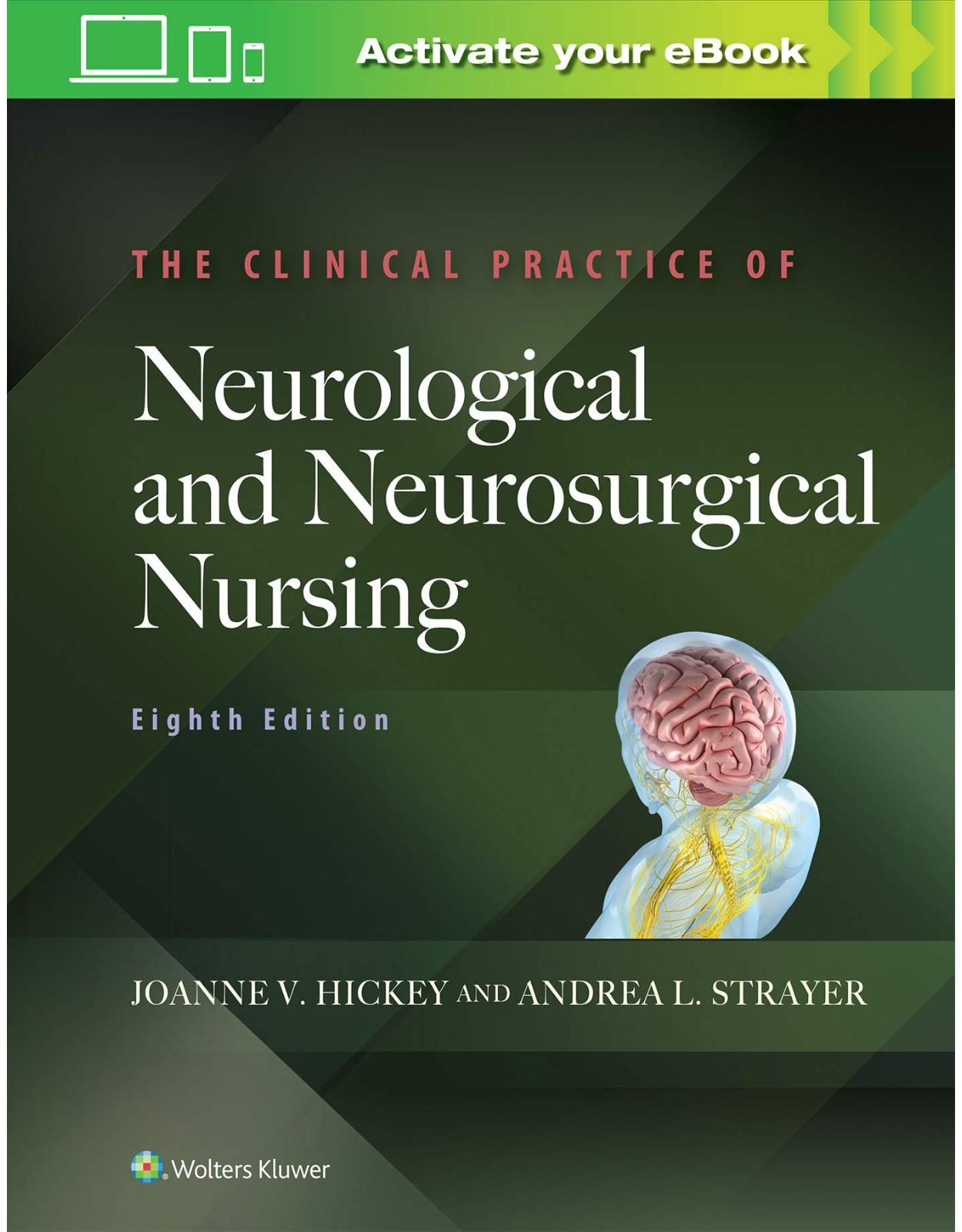
The Clinical Practice of Neurological and Neurosurgical Nursing
Livrare gratis la comenzi peste 500 RON. Pentru celelalte comenzi livrarea este 20 RON.
Disponibilitate: La comanda in aproximativ 4 saptamani
Autor: Joanne V. Hickey
Editura: LWW
Limba: Engleza
Nr. pagini: 816
Coperta: Hardcover
Dimensiuni: 213 x 276 x 35 mm
An aparitie: 25 July 2019
Description:
Base your care of neurological patients on evidence-based best practices, with the completely updated, fully illustrated The Clinical Practice of Neurological and Neurosurgical Nursing , 8th Edition . This is the most current and comprehensive neuroscience nursing text, written to support you in the everyday high-level assessments, information processing and decision making required of the neurological nurse. A must-have for offering accurate, efficient care of adult/geriatric neuroscience patients, this is ideal for both beginning and advanced neuro nurses and nursing students.
Table of Contents:
SECTION 1 NEUROSCIENCE NURSING: CONTEMPORARY PRACTICE
CHAPTER 1 The State of the Science of Neuroscience Nursing Practice
INTRODUCTION
THE STATE OF HEALTH CARE AND PRACTICE
THE INFORMATION SOCIETY
TRENDS SHAPING HEALTH CARE DELIVERY
Legislation and Regulations
Economic Trends
Demographics
Sociologic Trends
Technologic Trends
NATIONAL AGENDA FOR HEALTH
PROFESSIONAL NURSING AND NEUROSCIENCE SPECIALTY PRACTICE
Professional Practice and Specialization
Interprofessional Practice
Transformation of Care into Evidence-Based Care
Application of Knowledge in Professional Practice
The Neuroscience Nurse: Present and Future
CHAPTER 2 Ethical Perspectives and End-of-Life Care
INTRODUCTION
NATIONAL INITIATIVES AND TRENDS
AN ETHICAL PERSPECTIVE OF NEUROSCIENCE PRACTICE
ETHICS, MORALITY, AND LEGALITY
Ethics
Morality
Legality
FRAMEWORK FOR ETHICAL DECISION MAKING
Decision Making in General
Process of Ethical Decision Making
INTERDISCIPLINARY TEAM
Nursing
Advanced Practice Registered Nurses
Social Workers
Physicians
DECISION-MAKING CAPACITY AND ADVANCE DIRECTIVES AND LIVING WILLS
Patient’s Capacity to Make Decisions
Advance Directives and Living Wills
END-OF-LIFE CARE
NATIONAL PALLIATIVE CARE GUIDELINES
REFERRAL TO PALLIATIVE CARE
Artificial Hydration and Nutrition
Summary and Evidence-Based Recommendations: Stopping Artificial Nutrition and Hydration at the End of Life
Promotion of Comfort and Relief of Pain
Demystifying the Fears of Addiction
Stages of Active Dying
Preparing the Family for What to Expect
Hunger and Thirst
Social Interaction
Terminal Delirium
Reduced Senses
“Death Rattle”
Symptom Management
Dyspnea
Terminal Extubation
FOSTERING PROFESSIONAL GROWTH IN ETHICAL DECISION MAKING
Professional Development and Ethical Caring
Institutional Ethics Committee
Ethics Rounds
Ethics Educational Programs and Discussion Groups
Current Research
Future Trends for Research and Practice
CHAPTER 3 Beyond the Hospital: Preparing and Caring for Neuroscience Patients After Acute Care
INTRODUCTION
MAGNITUDE OF THE CHALLENGE: THE NUMBER OF PEOPLE LIVING WITH NEUROLOGICAL DISORDERS
Person- and Family-Centered Care
PATIENT- OR PERSON-CENTERED CARE? CONCEPTS IN EVOLUTION
PERSON- AND FAMILY-CENTERED CARE ENGAGEMENT AND OUTCOMES
PERSON- AND FAMILY-CENTERED CARE: EVIDENCE-BASED PRACTICE
Continuity of Care
Care Coordination
AGENDA FOR NURSE-LED CARE COORDINATION
CARE COORDINATION COMMUNICATION
Planning for Transition From the Hospital (Discharge Planning)
CAREGIVING SETTINGS BEYOND CRITICAL AND ACUTE CARE
Institutional Settings
Long-Term Acute Care Hospitals (LTACH)/Transitional Hospitals
Subacute Rehabilitation in a Skilled Nursing Facility
Long-Term Care
Skilled Nursing Facilities for Ventilator-Dependent Patients
Community Settings
At Home With Home Health Services
At Home With Supportive “Paid” Home Care
At Home Requiring Outpatient Therapy and Other Health Services
At Home With “Informal” Unpaid Caregivers
UNIQUE DISCHARGE CHALLENGES
Ambulatory Care Clinics
INTERPROFESSIONAL TEAM
TWO-WAY COMMUNICATION
Formal Caregiving Perspectives: What Works and What Doesn’t
CAREGIVING BY FAMILY AND FRIENDS
Paid Informal Caregivers
Nonpaid Informal Caregivers
Consequences of Caregiving
Specific Neuroscience Patient Population Examples
CARE FOR THE CAREGIVER
Assessment of Their Well-Being
Caregiver Information Needs and Support
Technology Support
RESEARCH GAPS
FUTURE DIRECTIONS
SECTION 2 ASSESSMENT AND EVALUATION OF NEUROSCIENCE PATIENTS
CHAPTER 4 Overview of Neuroanatomy and Neurophysiology
INTRODUCTION
EMBRYONIC DEVELOPMENT OF THE NERVOUS SYSTEM
CELLS OF THE NERVOUS SYSTEM
Neuroglia Cells
Neurons
COMPONENTS OF THE CELL BODY
CELL PROCESSES: AXONS AND DENDRITES
PHYSIOLOGY OF NERVE IMPULSES
Resting Membrane Potential of the Neurons
Action Potential of the Neuron
Saltatory Conduction
Synapse
Neurotransmitters
Postsynaptic Membrane—Excitation and Inhibition
Presynaptic Inhibition
FUNCTIONS AND DIVISIONS OF THE NERVOUS SYSTEM
CRANIAL AND SPINAL BONES
Skull
Sutures of the Skull
SPINE
LIGAMENTS OF THE SPINE
INTERVERTEBRAL DISCS
MENINGES
Spaces of the Meninges
CEREBROSPINAL FLUID
Formation of Cerebrospinal Fluid
Ventricular System
Flow of Cerebrospinal Fluid
Cerebrospinal Fluid Absorption
CEREBROVASCULAR CIRCULATION
Internal Carotid Arteries
CHARACTERISTICS OF THE CEREBRAL CIRCULATION
Vertebral Arteries
Circle of Willis
Venous Drainage
Meningeal Blood Supply
Blood Supply to the Spinal Cord, Spinal Roots, and Spinal Nerves
BLOOD–BRAIN BARRIER, THE BBB
BRAIN (ENCEPHALON)
Cerebrum
GENERAL FUNCTIONS OF THE CEREBRAL CORTEX ACCORDING TO LOBES
Frontal Lobe
Parietal Lobe
Temporal Lobe
Occipital Lobe
DOMINANCE OF A CEREBRAL HEMISPHERE
CORPUS CALLOSUM
BASAL GANGLIA
DIENCEPHALON
Thalamus
Epithalamus
Hypothalamus
Subthalamus
INTERNAL CAPSULE
HYPOPHYSIS (PITUITARY GLAND)
Relationship Between the Hypothalamus and Hypophysis in Neuroendocrine Control
Hypothalamohypophyseal Tract
Hypophyseal Portal System
BRAINSTEM (MIDBRAIN, PONS, AND MEDULLA)
Midbrain
Pons
Medulla
CEREBELLUM
SPECIAL SYSTEMS WITHIN THE BRAIN
SPINAL CORD
The Spinal Cord in Cross-Section
Spinal Nerves
DORSAL (SENSORY) ROOTS
VENTRAL (MOTOR) ROOTS
CLASSIFICATION OF NERVE FIBERS
Plexuses
MOTOR SYSTEM
Descending Motor Pathways: Upper Motor Neurons and Lower Motor Neurons
SENSORY SYSTEM
Pain and Temperature
Proprioception
Coordination of Muscle Contraction
AUTONOMIC NERVOUS SYSTEM
Sympathetic Nervous System
Parasympathetic Nervous System
Spinal Reflexes
Micturition
Defecation
CRANIAL NERVES
Olfactory Nerve (Sensory) (CN I)
Optic Nerve (Sensory) (CN II)
Oculomotor Nerve (Motor) (CN III)
Trochlear Nerve (Motor) (CN IV)
Trigeminal Nerve (Mixed) (CN V)
Abducens Nerve (Motor) (CN VI)
Facial Nerve (Mixed) (CN VII)
Vestibulocochlear Nerve (Sensory) (CN VIII)
Glossopharyngeal Nerve (Mixed) (CN IX)
Vagus Nerve (Mixed) (CN X)
Spinal Accessory Nerve (Motor) (CN XI)
Hypoglossal Nerve (Motor) (CN XII)
CHAPTER 5 Diagnostics for Patients With Neurological Disorders
INTRODUCTION
PATIENT AND FAMILY TEACHING
Focus of Patient Teaching
Outpatient Procedures
Hospitalized Patients and Procedures
X-RAYS OF THE HEAD AND VERTEBRAL COLUMN
Skull/Facial X-Rays
Spinal X-Rays
Fluoroscopy
STRUCTURAL NEUROIMAGING TECHNIQUES OF THE BRAIN AND SPINAL CORD
Computed Tomography
Other Uses of Computed Tomography Technology in Diagnostics
Magnetic Resonance Imaging
FUNCTIONAL NEUROIMAGING TECHNIQUES OF THE BRAIN
Positron Emission Tomography
Single-Photon Computed Emission Tomography
Functional MRI
CEREBROSPINAL FLUID AND SPINAL PROCEDURES
Lumbar Puncture
CT Myelography
CEREBROVASCULAR NEUROIMAGING
Ultrasonography
Carotid Ultrasound
Transcranial Dopplers
Cerebral Angiography
BIOPSIES
Patient Preparation and Postprocedural Care
NERVOUS SYSTEM ELECTRICAL ACTIVITY AND CONDUCTION
Electroencephalography
Motor and Sensory Nerve Conduction Studies
Electromyography
Evoked Potentials
GENETIC TESTING
NEUROPSYCHOLOGIC EXAMINATION
Common Neuropsychological Deficits Associated With Cerebral Dysfunction
SUMMARY
CHAPTER 6 Comprehensive Neurological Examination
PURPOSES
THE NEUROLOGICAL EXAMINATION
Circumstances of the Examination
Types of Examinations
Role of the Nurse During the Examination
Equipment
Approach
CONDUCTING THE NEUROLOGICAL EXAMINATION
LEVEL OF CONSCIOUSNESS
MENTAL STATUS EXAMINATION
General Impression of Patient Awareness and Mental Function
Reception and Interpretation of Sensory Stimuli
Higher-Level Cognitive Functions
CRANIAL NERVE EXAMINATION
Olfactory Nerve (Sensory) (CN I)
Optic Nerve (Sensory) (CN II)
Oculomotor (CN III), Trochlear (CN IV), and Abducens (CN VI) Nerves (All Motor)
Trigeminal Nerve (Mixed) (CN V)
Facial Nerve (Mixed) (CN VII)
Acoustic Nerve (Sensory) (CN VIII)
Glossopharyngeal (CN IX) and Vagus (CN X) Nerves (Both Mixed)
Spinal Accessory Nerve (Motor) (CN XI)
Hypoglossal Nerve (Motor) (CN XII)
MOTOR SYSTEM EXAMINATION
Muscle Size
Muscle Tone
Muscle Strength
UPPER EXTREMITIES
LOWER EXTREMITIES
Gait and Posture
Involuntary Movements
SENSORY SYSTEM EXAMINATION
Superficial Sensation
Deep Sensation
Discriminative Sensation (Usually, Not All Modalities are Tested)
CEREBELLAR SYSTEM EXAMINATION
Upper Extremities
Lower Extremities
Balance
REFLEXES
Muscle Stretch Reflexes
Superficial Reflexes
Pathologic Reflexes
THE NEUROLOGICAL EXAMINATION OF THE COMATOSE PATIENT
Components of the Neurological Examination for a Comatose Patient
Reflexes
SUMMARY
ACKNOWLEDGMENT
CHAPTER 7 Neurological Assessment
INTRODUCTION
ESTABLISHING A NURSING DATABASE
OVERVIEW OF NEUROLOGICAL ASSESSMENT
Purposes
Components of the Neurological Assessment
FREQUENCY OF ASSESSMENT AND DOCUMENTATION
CONCEPT OF CONSCIOUSNESS
Anatomic and Physiologic Basis of Consciousness
Alterations in Consciousness
IDENTIFYING THE LEVELS OF CONSCIOUSNESS
THE GLASGOW COMA SCALE
CHANGES IN LEVEL OF CONSCIOUSNESS
Special States of Altered Consciousness
Cognition
RECOVERY AND REHABILITATION
BEHAVIOR AND STREAM OF MENTAL ACTIVITY
CRANIAL NERVE ASSESSMENT
ASSESSMENT OF VISUAL FIELDS (OPTIC NERVE)
ASSESSMENT OF PUPILS (OCULOMOTOR NERVE)
Size
Shape
Reaction to Light
ASSESSMENT OF EXTRAOCULAR MOVEMENT (OCULOMOTOR, TROCHLEAR, AND ABDUCENS NERVES)
ASSESSMENT OF THE CONSCIOUS, COOPERATIVE PATIENT
The Eyeballs
Eyelids
Movement of the Eyes
Abnormal Movements
ASSESSMENT OF THE UNCONSCIOUS PATIENT
General Observations
Assessment of Facial Movement (Facial Nerve)
Selected Reflexes
ASSESSMENT OF MOTOR FUNCTION
Muscle Size and Tone
ASSESSMENT OF MUSCLE STRENGTH
Upper Extremities
Lower Extremities
INVOLUNTARY MOVEMENT, POSTURE, AND GAIT
SENSORY ASSESSMENT
FREQUENCY AND DOCUMENTATION OF SENSORY DATA
ASSESSMENT OF CEREBELLAR FUNCTION
VITAL SIGNS AND CLINICAL IMPLICATIONS
CNS Ischemic Response
Cushing’s Response (Reflex)
Cushing’s Triad
Anatomy and Physiology Related to Vital Signs
Assessment of Vital Signs
SUMMARY
SECTION 3 NEUROSCIENCE NURSING: COMMON MANAGEMENT CHALLENGES
CHAPTER 8 Intracranial Hypertension: Theory and Management of Increased Intracranial Pressure
INTRODUCTION
CONCEPT OF INTRACRANIAL PRESSURE
Physiologic Considerations
PATHOPHYSIOLOGY
Pathophysiology: Cerebral Ischemia and Cerebral Infarction
HERNIATION SYNDROMES OF THE BRAIN
Supratentorial Herniation
Infratentorial Herniation
SIGNS AND SYMPTOMS OF INCREASED INTRACRANIAL PRESSURE
Perspective
Clinical Variations in Increased Intracranial Pressure
MANAGEMENT OF PATIENTS WITH INTRACRANIAL HYPERTENSION: AN INTERDISCIPLINARY COLLABORATIVE PROBLEM
Assessment, Management Strategies, and Interventions for Intracranial Hypertension
Cardiovascular and Pulmonary Strategies and Interventions for Increased Intracranial Pressure and Intracranial Hypertension
MONITORING INTRACRANIAL PRESSURE
Calibration
Pressure Waves
Complications of Intracranial Pressure Monitoring: Infection Control and Hemorrhage
Nursing Management of the Patient During Intracranial Pressure Monitoring
SPECIAL SYNDROMES: BENIGN INTRACRANIAL HYPERTENSION AND HYDROCEPHALUS
Idiopathic Intracranial Hypertension (Pseudotumor Cerebri)
CHAPTER 9 Hydrocephalus
PATHOPHYSIOLOGY
ETIOLOGIES
CLASSIFICATION OF HYDROCEPHALUS
COMMUNICATING HYDROCEPHALUS
Obstruction of CSF
Without Obstruction of CSF
Overproduction of CSF
NONCOMMUNICATING HYDROCEPHALUS
ASSESSMENT
Diagnostic Studies
Specific Studies for Evaluation of Normal Pressure Hydrocephalus
OPERATIVE PROCEDURES
CSF Shunt
Types of Shunts
Shunt Valves
SHUNT MALFUNCTION
Other Shunt Complications
SUMMARY
CHAPTER 10 Management of Patients With an Altered Level of Consciousness
INTRODUCTION
IMMOBILITY
SPECIALTY BEDS AND SUPPORT SURFACES
Impact and Cost
THE CONSEQUENCES OF IMMOBILITY: MANAGEMENT OF THE PATIENT WITH ALTERED CONSCIOUSNESS
Respiratory Function
QUESTIONS
Cardiovascular Function
The Skin and Related Structures
Fingernails and Toenails
Musculoskeletal Function
Urinary Function
Gastrointestinal Function
Metabolic Problems
Nosocomial Infections
Pain Management
Psychosocial Considerations
THE CARE ENVIRONMENT
COMMUNICATIONS
REGAINING CONSCIOUSNESS
SUMMARY
Case Study Answers
CHAPTER 11 Neuroendocrine Disorders in Neuroscience Patients
INTRODUCTION
HYPOTHALAMIC–PITUITARY AXIS
Hypothalamus
Pituitary Gland
Adrenal Gland
HYPOTHALAMIC–PITUITARY–ADRENAL AXIS
FLUID AND SODIUM REGULATION
Distribution of Water
Basic Concepts
Regulation of Water and Sodium Balance
Sensors for Control of Fluid and Sodium Balance
DYSFUNCTION OF HYPOTHALAMIC–PITUITARY AXIS
SODIUM DISTURBANCES
Hyponatremia
Treatment Principles
SYNDROME OF INAPPROPRIATE SECRETION OF ANTIDIURETIC HORMONE
Treatment
Nursing Management
CEREBRAL SALT WASTING
HYPERNATREMIA
Treatment Principles
DIABETES INSIPIDUS
Treatment
Nursing Management
OTHER COMMON ELECTROLYTE IMBALANCES
Correction of Electrolyte Imbalances
HYPOTHALAMIC–PITUITARY–ADRENAL AXIS DYSFUNCTION
Sympathetic Storming
Neurogenic Stress Cardiomyopathy
Neurogenic Pulmonary Edema
SUMMARY
CHAPTER 12 Neurosurgical Procedures: Patient Care Management
THE PREOPERATIVE PHASE
Informed Consent
Preoperative Teaching and Support
Preoperative Preparations
THE PERIOPERATIVE PHASE
Arrival in the Preoperative Area
Arrival in the Operating Room Suite
Positioning During Surgery
Ongoing Neurophysiological Monitoring
Neuroanesthesia
Cerebral Protection
NEUROSURGICAL PROCEDURES AND OTHER RELATED THERAPEUTIC TECHNIQUES
POSTOPERATIVE PHASE
Admission to the Intensive Care Unit
Assessment and Monitoring in the Neurological Intensive Care Unit
Transfer from the Intensive Care Unit to an Acute Care Unit
POSTOPERATIVE MANAGEMENT AND PREVENTION OF COMPLICATIONS
Cardiopulmonary and Cardiovascular Management
Neurological Complications
Other Complications
NEUROLOGICAL DEFICITS IN THE POSTOPERATIVE PERIOD
NURSE’S ROLE IN REHABILITATION AND DISCHARGE PLANNING
Independent Nursing Role
Collaborative and Interdisciplinary Role
SELECTED NEUROSURGICAL PROCEDURES
Transsphenoidal Surgery
CSF Diversion
FUTURE TRENDS
SUMMARY
CHAPTER 13 Rehabilitation of Patients With Neurological Disorders
INTRODUCTION
FRAMEWORK FOR DISABILITY
CONCEPTS OF REHABILITATION
A PHILOSOPHY OF REHABILITATION
Terminology of Rehabilitation
Framework for Rehabilitation Decisions
Interprofessional Team and Outcomes
ASSESSMENT OF ACTIVITIES OF DAILY LIVING
PRINCIPLES OF REHABILITATION NURSING
Nursing Management of Patients With Impaired Physical Mobility
THE BASIS OF MOVEMENT AND TREATMENT OF MOVEMENT DISORDERS
Neurophysiological and Developmental Treatment Approaches
Positioning
Exercise Programs
Mobility: Transfer and Ambulation
MANAGEMENT OF THE SKIN
Nursing Management of the Patient With Altered Skin Integrity
SENSORY–PERCEPTUAL DEFICITS
Nursing Management of Patients With Perceptual Deficits
COMMUNICATION DEFICITS
Nursing Management of Patients With Altered Communication
SWALLOWING DEFICITS
Nursing Management of the Patient With Impaired Swallowing
BLADDER DYSFUNCTION AND RETRAINING
Normal Bladder Function
Summary of Effects of Neurological Lesions on Micturition
Nursing Management of Patients With Altered Urinary Elimination Patterns
Treatment Options for Management of Altered Urinary Elimination Patterns
BOWEL ELIMINATION AND DYSFUNCTION
Normal Function
Types of Altered Bowel Function Patterns
Nursing Management of Patients With Altered Bowel Elimination Pattern
COGNITIVE REHABILITATION
Nursing Management of Patients With Cognitive Deficits
HOME-BASED CARE OF THE PATIENT WHO IS VENTILATOR DEPENDENT
DISCHARGE PLANNING
REHABILITATION LEGISLATION AND ENTITLEMENT PROGRAMS
SUMMARY
Rehabilitation Research Agenda
Trends in Rehabilitation Research
Trends in Rehabilitation Practice
SECTION 4 NURSING MANAGEMENT OF PATIENTS WITH INJURY TO THE NEUROLOGICAL SYSTEM
CHAPTER 14 Craniocerebral Injuries
SCOPE OF THE PROBLEM
OVERVIEW OF CRANIOCEREBRAL TRAUMA
Definitions and Classification
Anatomic Correlations
PATHOPHYSIOLOGY
PRIMARY BRAIN INJURY
SECONDARY BRAIN INJURY
PRIMARY INJURY: DIAGNOSIS AND MANAGEMENT
Scalp Lacerations
Skull Fracture
Traumatic Brain Injuries
OTHER INJURIES RELATED TO TRAUMATIC BRAIN INJURY
Facial Fractures
Cranial Nerve Injuries Associated With Skull Fractures
MANAGEMENT OF THE TRAUMATIC BRAIN INJURY PATIENT: THE CONTINUUM OF CARE
Severity of Injury
Severe Traumatic Brain Injuries
PREHOSPITAL MANAGEMENT
Airway
Breathing
Circulation
Disability
EMERGENCY DEPARTMENT OR TRAUMA CENTER MANAGEMENT
INTENSIVE CARE UNIT MANAGEMENT OF SEVERE TRAUMATIC BRAIN INJURY
Monitoring
Management of Intracranial Hypertension
Seizure Management
Multisystem Management
MANAGEMENT OF SEVERE TRAUMATIC BRAIN INJURY DURING THE POSTACUTE PHASE
REHABILITATION
PREDICTING OUTCOME FROM TRAUMATIC BRAIN INJURY
PREVENTION OF TRAUMATIC BRAIN INJURY
MANAGEMENT OF TRAUMATIC BRAIN INJURY: A DYNAMIC PROCESS THROUGH RESEARCH
ASSESSMENT AND CLINICAL REASONING: KEY ROLE OF THE NEUROSCIENCE NURSE IN PATIENT CARE
Vital Signs
Neurological Signs
Other Observations
NURSING MANAGEMENT OF TRAUMATIC BRAIN INJURY
NURSING MANAGEMENT FOR SPECIAL PROBLEMS
Basal Skull Fractures
Carotid-Cavernous Fistula
Hygroma
SUMMARY AND FUTURE TRENDS
CHAPTER 15 Spine and Spinal Cord Injuries
A PERSPECTIVE
Comprehensive Evidence-Based Practice
UNDERSTANDING THE SPINE AND SPINAL CORD INJURIES
Anatomic Considerations
Kinetics of Movement
SPECIFIC CATEGORIES OF INJURIES
Soft-Tissue Injuries
Vertebral Injuries
Mechanistic Classification of Vertebral Injury
Radiographic Classification
Compression Fractures
Stability of the Spine Classification
Classification According to Spinal Segment
Thoracic, Thoracolumbar, and Lumbar Spine Fractures
Spinal Cord Injuries
ACUTE SPINAL CORD TRAUMA
Terminology
Immediate Signs and Symptoms of Spinal Cord Trauma
EARLY MANAGEMENT OF PATIENTS WITH SPINAL CORD INJURY
Prehospital Management
Emergency Department Management
Pharmacologic Neuroprotection in Patients With Spinal Cord Injury
Imaging Examination
Early Medical Management of Spinal Cord Injury
Selection of Treatment Approach: Surgical or Nonsurgical
SURGICAL MANAGEMENT OF SPINAL CORD INJURY
Types of Procedures
NONSURGICAL MANAGEMENT OF SPINAL FRACTURES AND SPINAL CORD INJURIES
Nonoperative Treatment Options
Approaches to Management Based on the Level of Injury
Placement of Halo Ring
FOCUS ON COLLABORATIVE MANAGEMENT IN THE ACUTE AND POSTACUTE PHASES
Acute Phase
MAJOR PATIENT MANAGEMENT RESPONSIBILITIES OF THE NURSE
Signs and Symptoms of Acute Spinal Cord Trauma
Nursing Assessment
Nursing Interventions
Psychological Responses
RESEARCH
Future Trends
SUMMARY
CHAPTER 16 Back Pain and Spinal Disorders
INTRODUCTION
CONDITIONS RELATED TO BACK OR NECK PAIN
Degenerative Changes Associated With Aging
Osteoporosis
LOW BACK PAIN
Diagnosis of Back Problems
Initial Management
NECK PAIN
HERNIATED INTERVERTEBRAL DISCS
Etiology
Pathophysiology
Signs and Symptoms by Location
Diagnosis
Treatment
Lumbar
Cervical
ADDITIONAL COMMON DIAGNOSES
Surgical Intervention
RECURRENT SYMPTOMS AFTER SURGERY
RESEARCH AND FUTURE TRENDS IN PRACTICE
SUMMARY
SECTION 5 NURSING MANAGEMENT OF CRANIAL NERVE DISORDERS AND PERIPHERAL NERVE INJURIES
CHAPTER 17 Cranial Nerve Diseases
TRIGEMINAL NERVE
TRIGEMINAL NEURALGIA
Course of the Disease
Treatment
Nursing Management
The Facial Nerve
BELL’S PALSY
Pathophysiology
Diagnosis
Treatment
Nursing Management
MÉNIÈRE’S DISEASE
Diagnosis
Treatment
Nursing Management
GLOSSOPHARYNGEAL NEURALGIA
Treatment
Nursing Management
CHAPTER 18 Peripheral Nerve Injuries
INTRODUCTION
NERVE ANATOMY
Peripheral Nerves
PATHOPHYSIOLOGY OF ACUTE NERVE INJURY
Classification of Acute Peripheral Nerve Injuries
Nerve Response to Acute Injury
PATHOPHYSIOLOGY OF CHRONIC NERVE INJURY
APPROACH TO PATIENT CARE
History and Physical Examination
Assessment of Function
DIAGNOSIS OF PERIPHERAL NERVE INJURIES
General Signs and Symptoms of Peripheral Nerve Trauma
TYPES OF PERIPHERAL NERVE TRAUMA
Common Traumatic Syndromes
Brachial Plexus Injuries
Upper Extremity Injuries
Lower Extremity Injuries
PLANNING AND IMPLEMENTATION TREATMENT
ENTRAPMENT NEUROPATHIES
Carpal Tunnel Syndrome
Cubital Tunnel Syndrome/Ulnar Neuropathy
Radial Nerve Entrapment Syndrome
Sciatic Neuropathy
Femoral Neuropathy
Peroneal Neuropathy
Tarsal Tunnel Syndrome
Lower Trunk Brachial Plexus—Neurogenic Thoracic Outlet Syndrome
SELECTED CHRONIC PERIPHERAL NEUROPATHIES
Diabetic Neuropathy
Human Immunodeficiency Virus–Associated Neuropathies
COLLABORATIVE AND NURSING MANAGEMENT OF THE PATIENT WITH PERIPHERAL NERVE TRAUMA AND CHRONIC ILLNESS–RELATED NEUROPATHIES
Rehabilitation
RESEARCH AND FUTURE TRENDS IN PRACTICE
Diagnosis
Treatment Trends
Outcomes
SUMMARY
SECTION 6 NURSING MANAGEMENT OF PATIENTS WITH NEOPLASMS OF THE NEUROLOGICAL SYSTEM
CHAPTER 19 Brain Tumors
OVERVIEW OF BRAIN TUMORS
Epidemiology
Brain Metastases
Primary Brain Tumors
Classification of Brain Tumors
Pathophysiology of Brain Tumors
SIGNS AND SYMPTOMS OF BRAIN TUMOR
General Signs and Symptoms
Focal Signs and Symptoms
Temporal Lobe
Occipital Lobe
Pituitary and Hypothalamus Region
Lateral and Third Ventricles
Brainstem
Midbrain
Fourth Ventricle
Cerebellum
ASSOCIATED INCREASED INTRACRANIAL PRESSURE SIGNS
Papilledema
Obstruction to Flow of Cerebrospinal Fluid
APPROACH TO THE PATIENT WITH A BRAIN TUMOR
Diagnosis
Medical Treatment
Medical Management Along the Illness Continuum
NURSING MANAGEMENT OF THE PATIENT WITH A BRAIN TUMOR
An Overview
Nursing Management During Diagnosis
Nursing Management Before and After Surgery
Nursing Management During Radiation Therapy
Nursing Management During Chemotherapy
SUMMARY
CHAPTER 20 Spinal Cord Tumors
EPIDEMIOLOGY
CLASSIFICATION
PATHOPHYSIOLOGY
Rate of Growth and Density
Metastatic Spinal Cord Tumors
SIGNS AND SYMPTOMS ASSOCIATED WITH SPINAL CORD TUMORS
Pain
Motor Deficits
Sensory Deficits
Autonomic Dysfunction: Respiratory, Bowel, Bladder, and Sexual Dysfunction
Other Findings
DIAGNOSIS
Clinical Findings
Diagnostics
PRINCIPLES OF TREATMENT
Preservation of Neurological Function
Treatment Options
Prognosis and Discharge Planning
NURSING MANAGEMENT OF THE PATIENT WITH A SPINAL CORD TUMOR
Assessment
Collaborative and Patient Problems
Management
Follow-Up in the Community
SECTION 7 NURSING MANAGEMENT OF PATIENTS WITH CEREBROVASCULAR DISEASE
CHAPTER 21 Transient Ischemic Attacks and Acute Ischemic Stroke
DISEASE-SPECIFIC CERTIFICATION: STROKE CENTERS OF EXCELLENCE
PUBLIC AND PROFESSIONAL EDUCATION
Risk Factors for Acute Ischemic Stroke
TRANSIENT ISCHEMIC ATTACKS
DEFINITION AND CLASSIFICATION OF STROKE
Acute Ischemic Stroke
ISCHEMIC STROKE SUBTYPES
Arterial Dissection
ANATOMY, ATHEROGENESIS, AND PATHOPHYSIOLOGY RELATED TO ACUTE ISCHEMIC STROKE
Anatomical and Physiologic Basis for Ischemic Stroke
Pathophysiology of Acute Ischemic Stroke
Infarction and Ischemic Penumbra
Neuronal Death
SIGNS AND SYMPTOMS OF STROKE SYNDROMES ACCORDING TO THE INVOLVED VESSEL
Comparison of Left-Sided and Right-Sided Stroke
Diagnostics for Transient Ischemic Attack and Acute Ischemic Stroke
MEDICAL MANAGEMENT AND TREATMENT OF ACUTE ISCHEMIC STROKE
Supportive Care
Medical Management
Surgical and Endovascular Interventions
GENERAL NURSING MANAGEMENT OF THE STROKE PATIENT
Primary and Secondary Prevention of Stroke
Initial Acute Care Management
Early Focus on Rehabilitation
Discharge Planning and Continuity of Care
Patient Education
Recovery
CHAPTER 22 Intracerebral Hemorrhagic Stroke
INTRODUCTION
OVERVIEW
ETIOLOGY OF INTRACEREBRAL HEMORRHAGE
PATHOPHYSIOLOGY OF INTRACEREBRAL HEMORRHAGIC STROKE
Site of ICH
CLINICAL PRESENTATION OF ICH
Putaminal Hemorrhage
Thalamic Hemorrhage
Pontine Hemorrhage
Cerebellar Hemorrhage
Other Locations of Hemorrhage: Lobar Hemorrhage
Clinical Assessment
DIAGNOSTICS
Acute Management of ICH Stroke
Prehospital and Emergency Department Management
Medical Treatment
Hemostatic Therapeutic Approaches to Coagulopathies
Factor Deficiency- or Thrombocytopenia-Related ICH
Heparin-Related ICH
Antiplatelet-Related ICH
VKA-Related ICH
New Oral Anticoagulant Drugs
Other AHA/ASA Recommendations Related to Coagulopathies
Blood Pressure Management
Inpatient Management and Prevention of Secondary Brain Injury
Seizure, Glucose, and Temperature Control
Increased Intracranial Pressure (ICP)
Intraventricular Hemorrhage (IVH)
Surgery
NURSING MANAGEMENT OF THE HEMORRHAGIC STROKE PATIENT
Initial Acute Care Management
Assessment and Monitoring
Implementation and Titration of Protocols
Safety and Prevention of Complications Related to Immobilization
Early Rehabilitation and Recovery
COORDINATION AND TRANSITIONS IN CARE AND DISCHARGE PLANNING
Prevention of Recurrent ICH
Clinical Performance Measures for Adults Hospitalized With ICH
SUMMARY
CHAPTER 23 Intracranial Aneurysms
CHAPTER 24 Arteriovenous Malformations and Other Cerebrovascular Anomalies
SECTION 8 NURSING MANAGEMENT OF PATIENTS WITH PAIN, SEIZURES, AND CNS INFECTIONS
CHAPTER 25 Chronic Pain
CHAPTER 26 Headaches
CHAPTER 27 Seizures and Epilepsy
CHAPTER 28 Infections of the Central Nervous System
SECTION 9 NURSING MANAGEMENT OF PATIENTS WITH MOVEMENT DISORDERS, NEURODEGENERATIVE AND NEUROMUSCULAR DISEASES
CHAPTER 29 Parkinson’s Disease
CHAPTER 30 Alzheimer’s Disease and Related Dementias
CHAPTER 31 Multiple Sclerosis
CHAPTER 32 Guillain–Barré Syndrome
CHAPTER 33 Myasthenia Gravis
CHAPTER 34 Amyotrophic Lateral Sclerosis
Index
| An aparitie | 25 July 2019 |
| Autor | Joanne V. Hickey |
| Dimensiuni | 213 x 276 x 35 mm |
| Editura | LWW |
| Format | Hardcover |
| ISBN | 9781975100674 |
| Limba | Engleza |
| Nr pag | 816 |

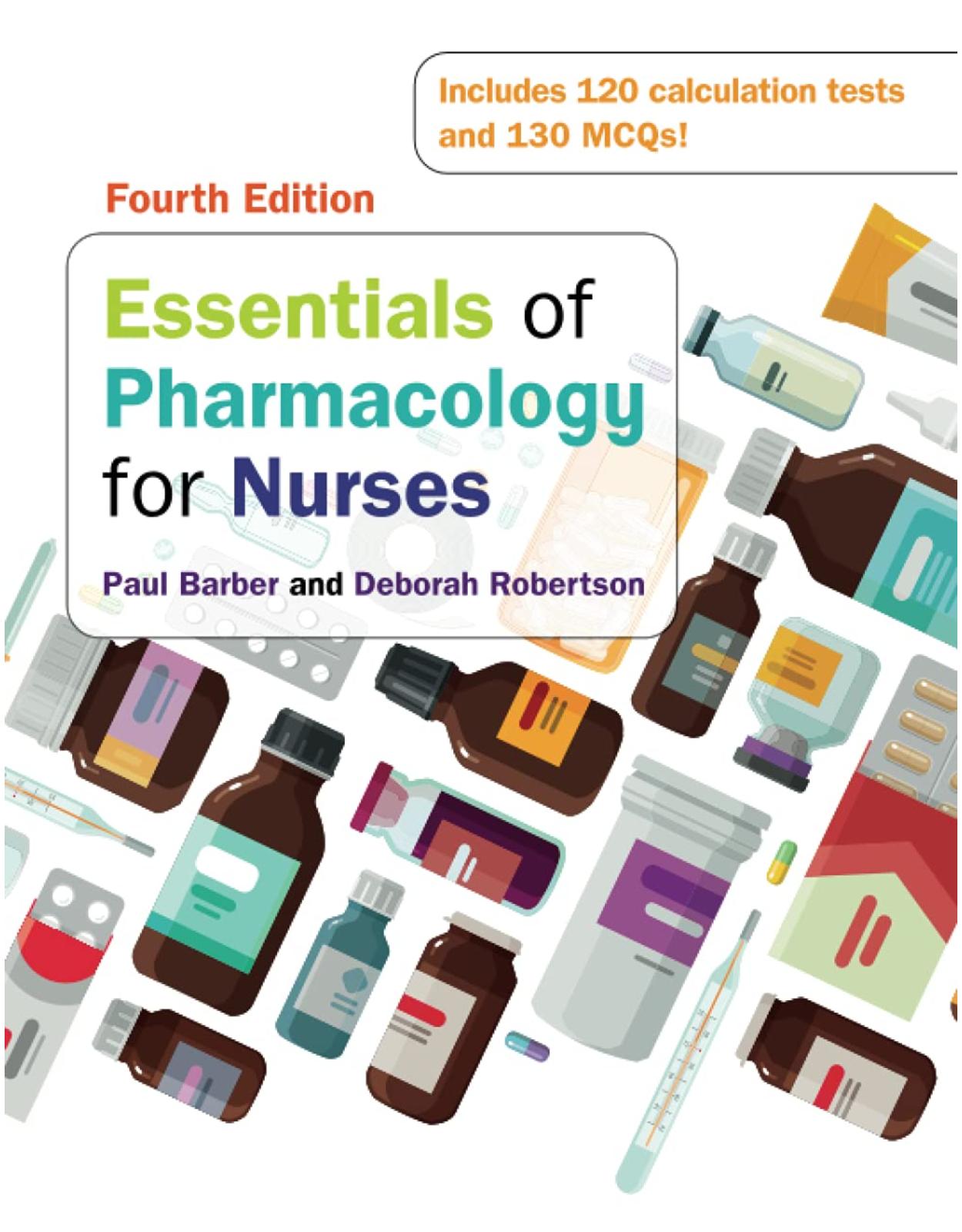
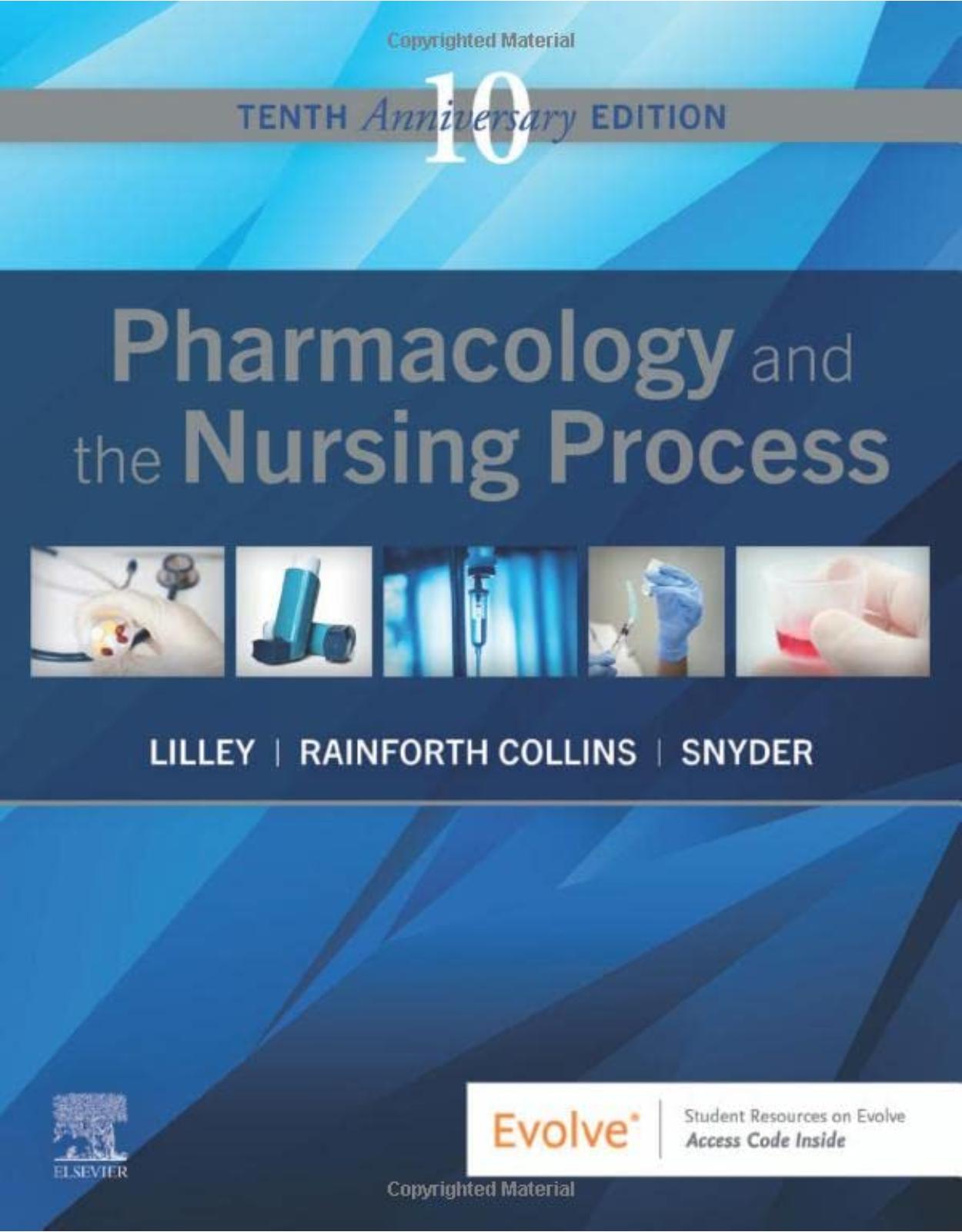
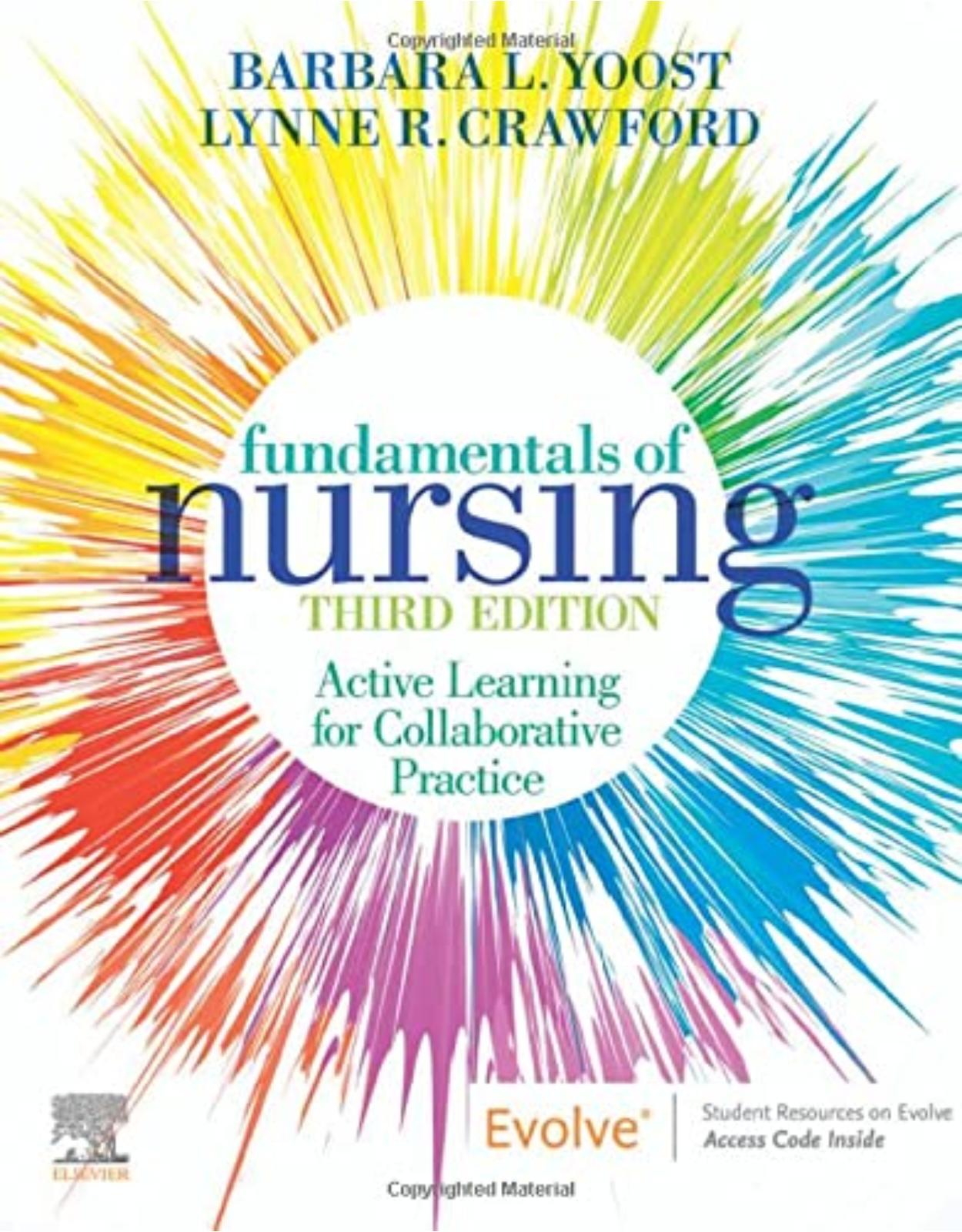
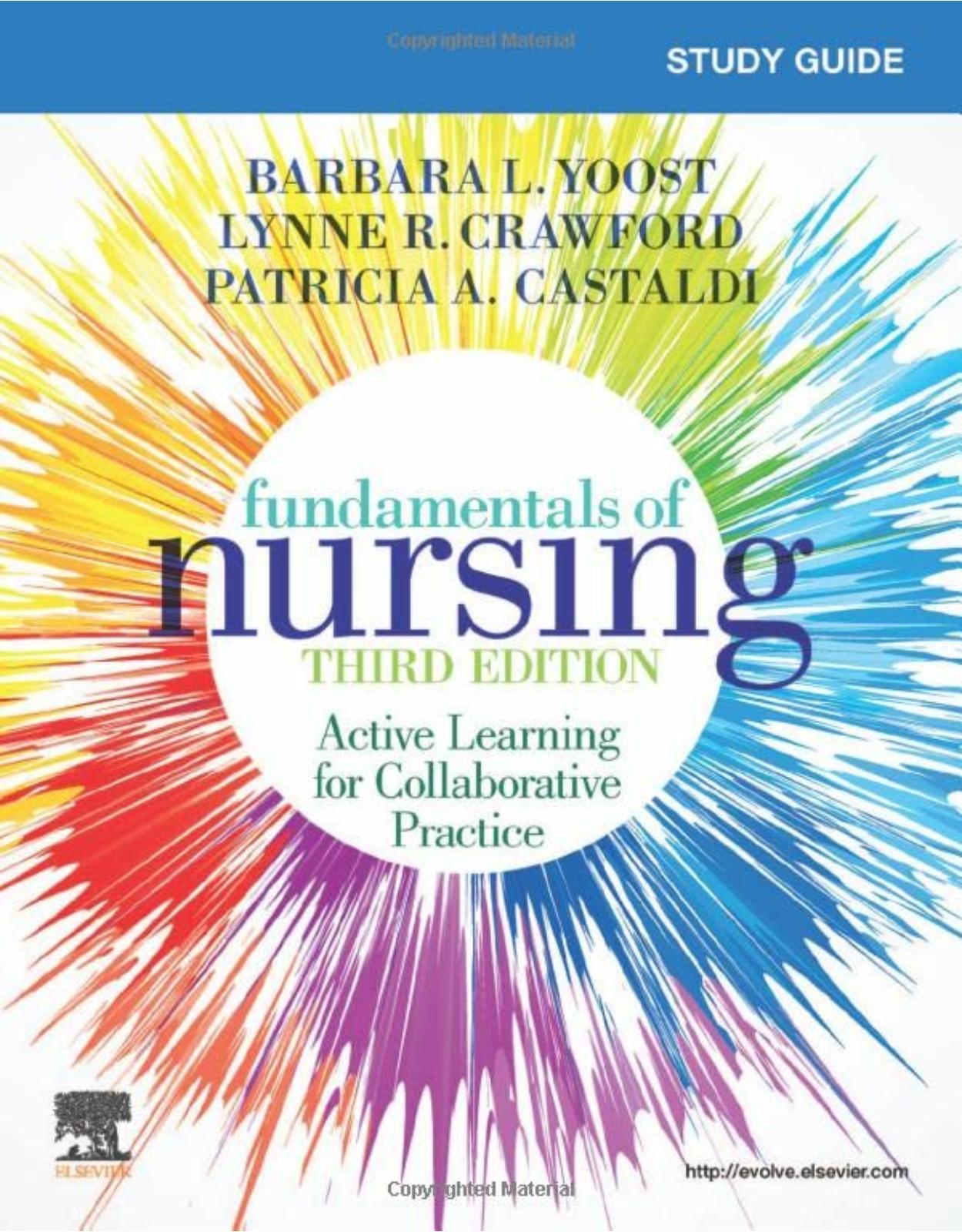
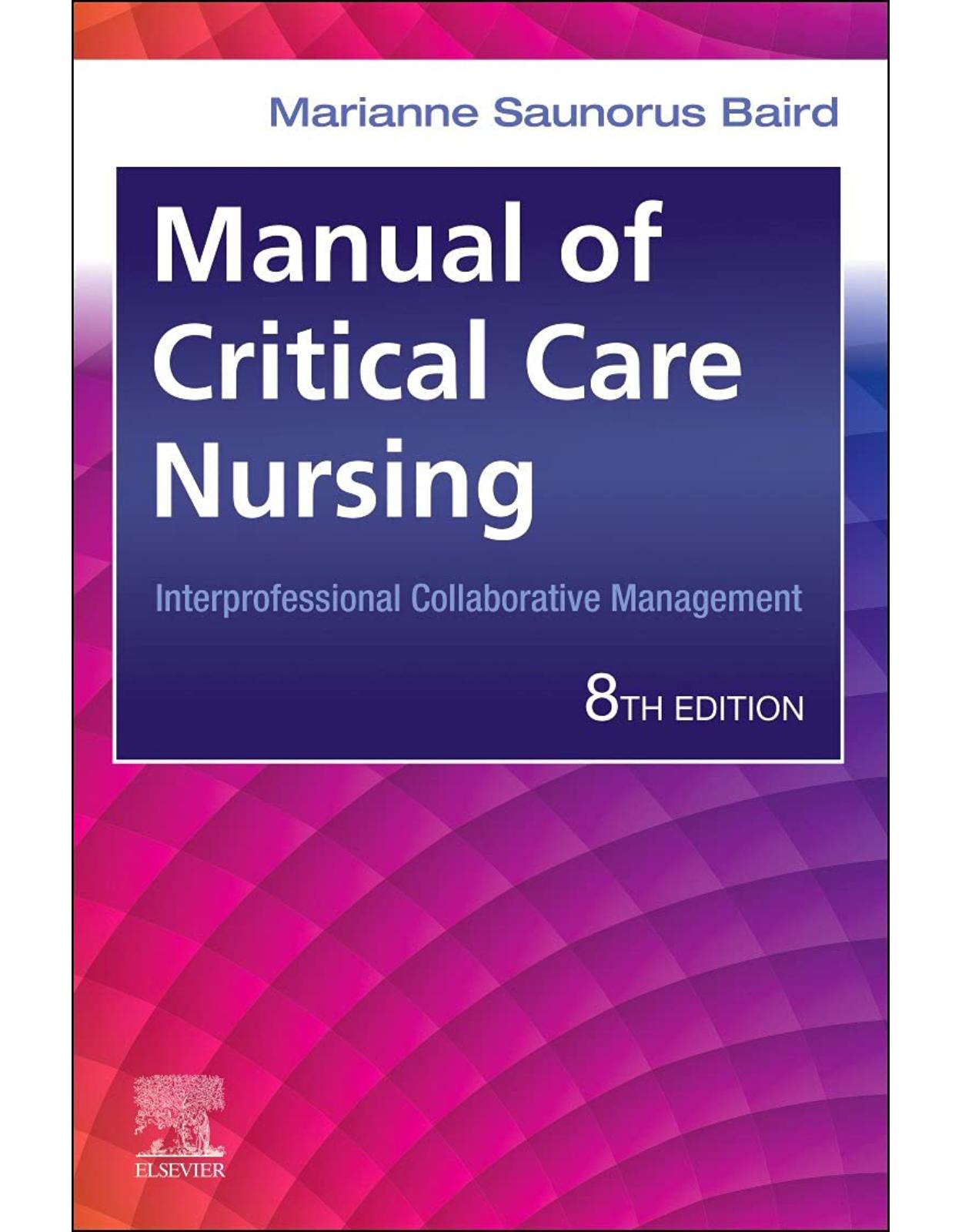
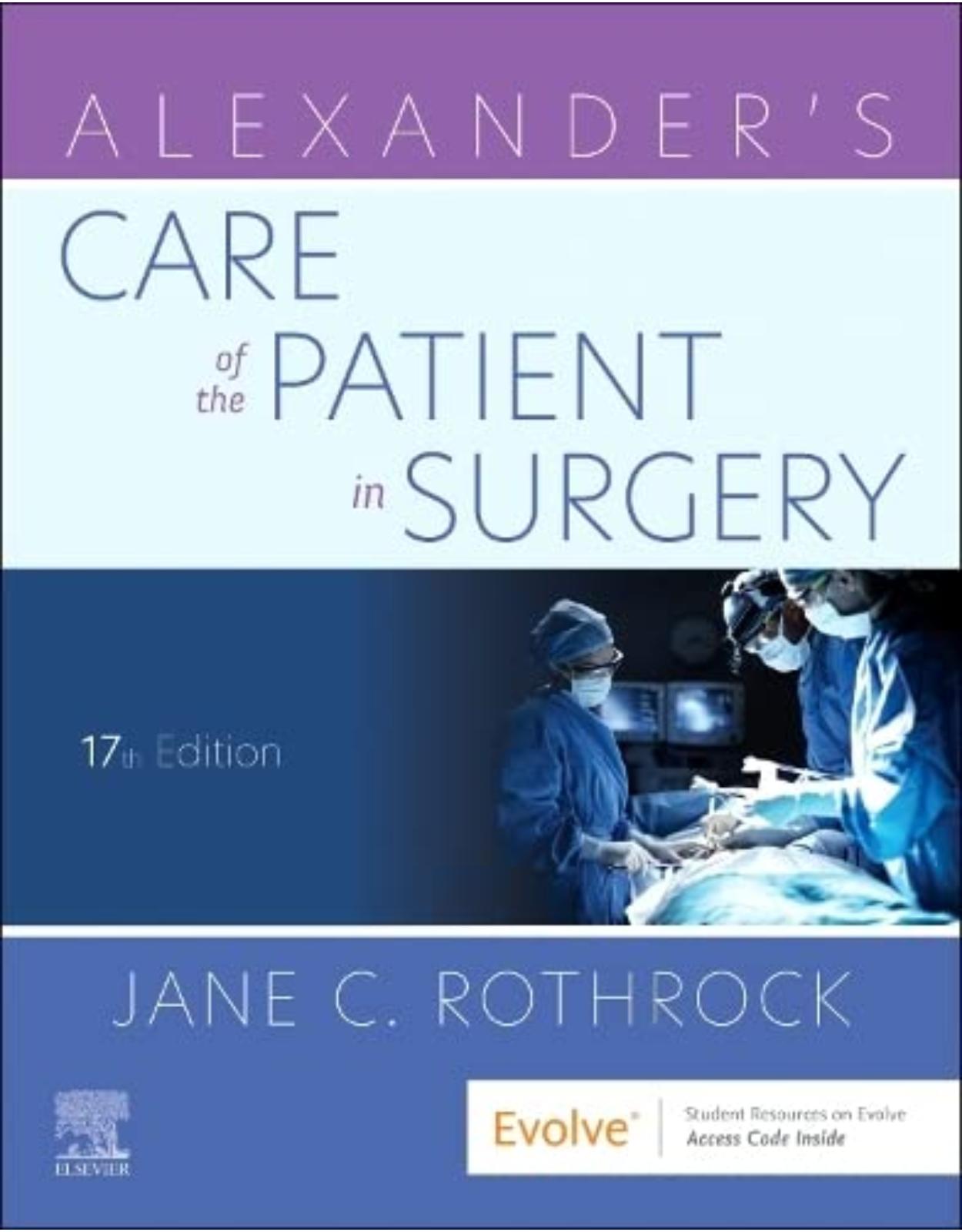
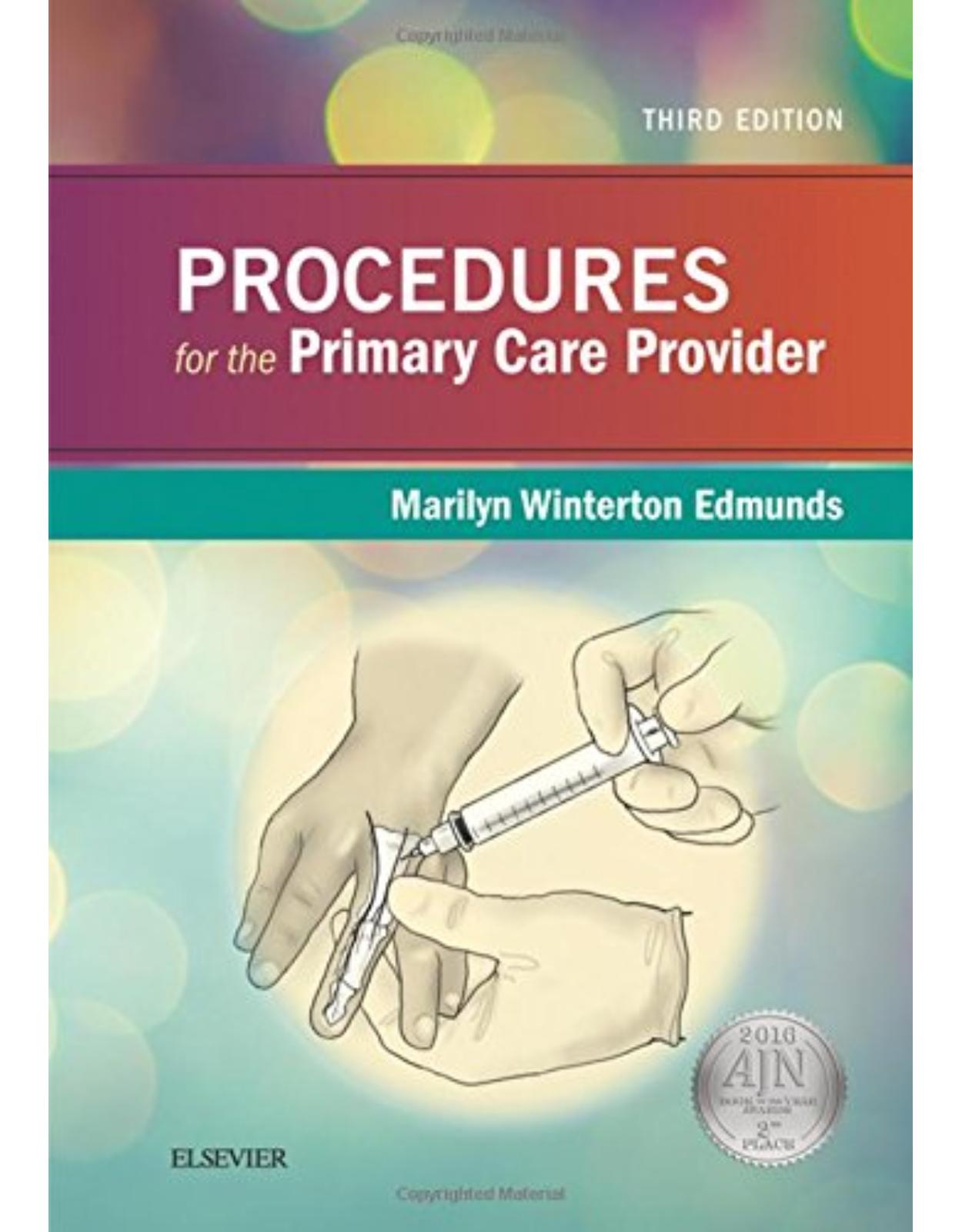
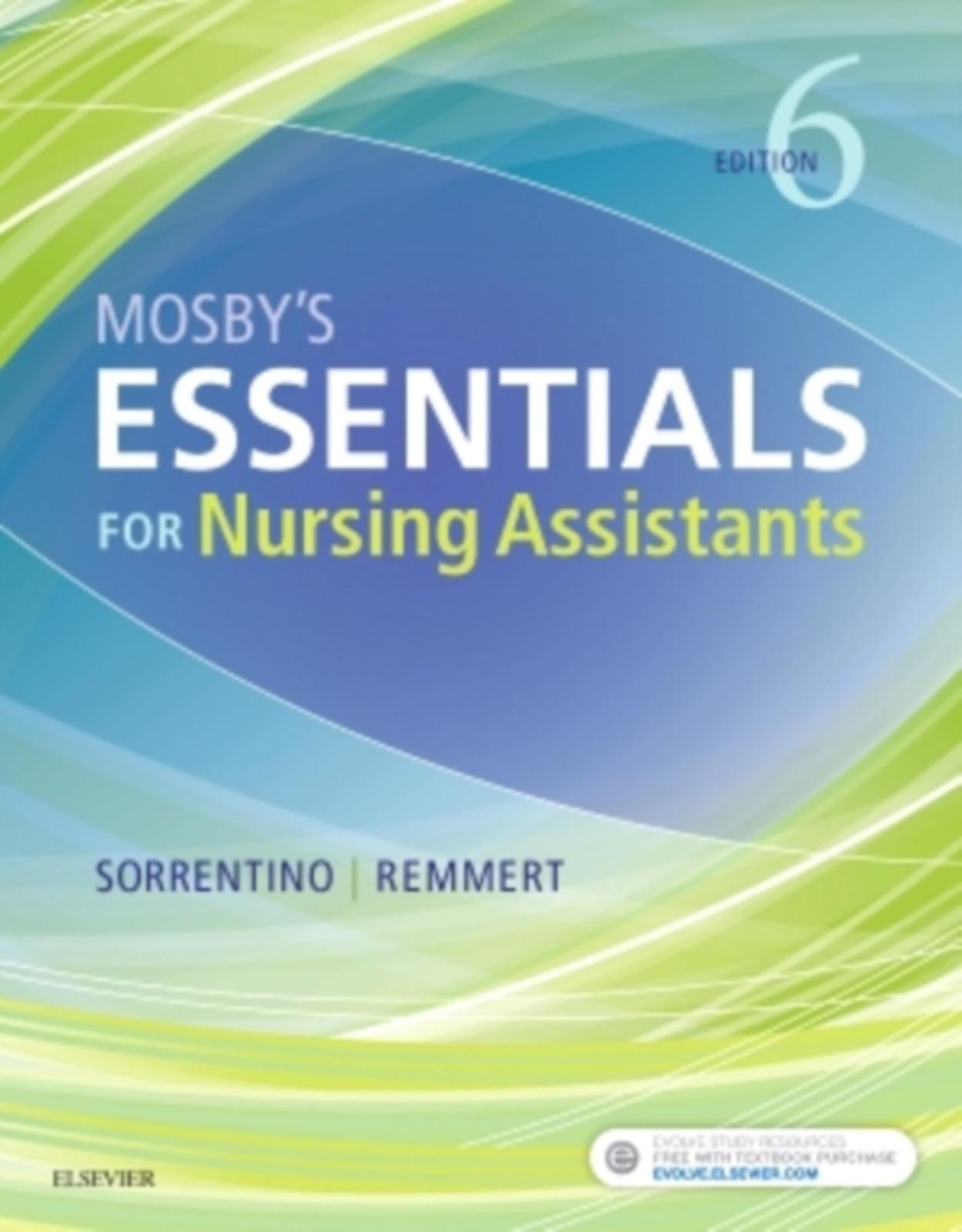
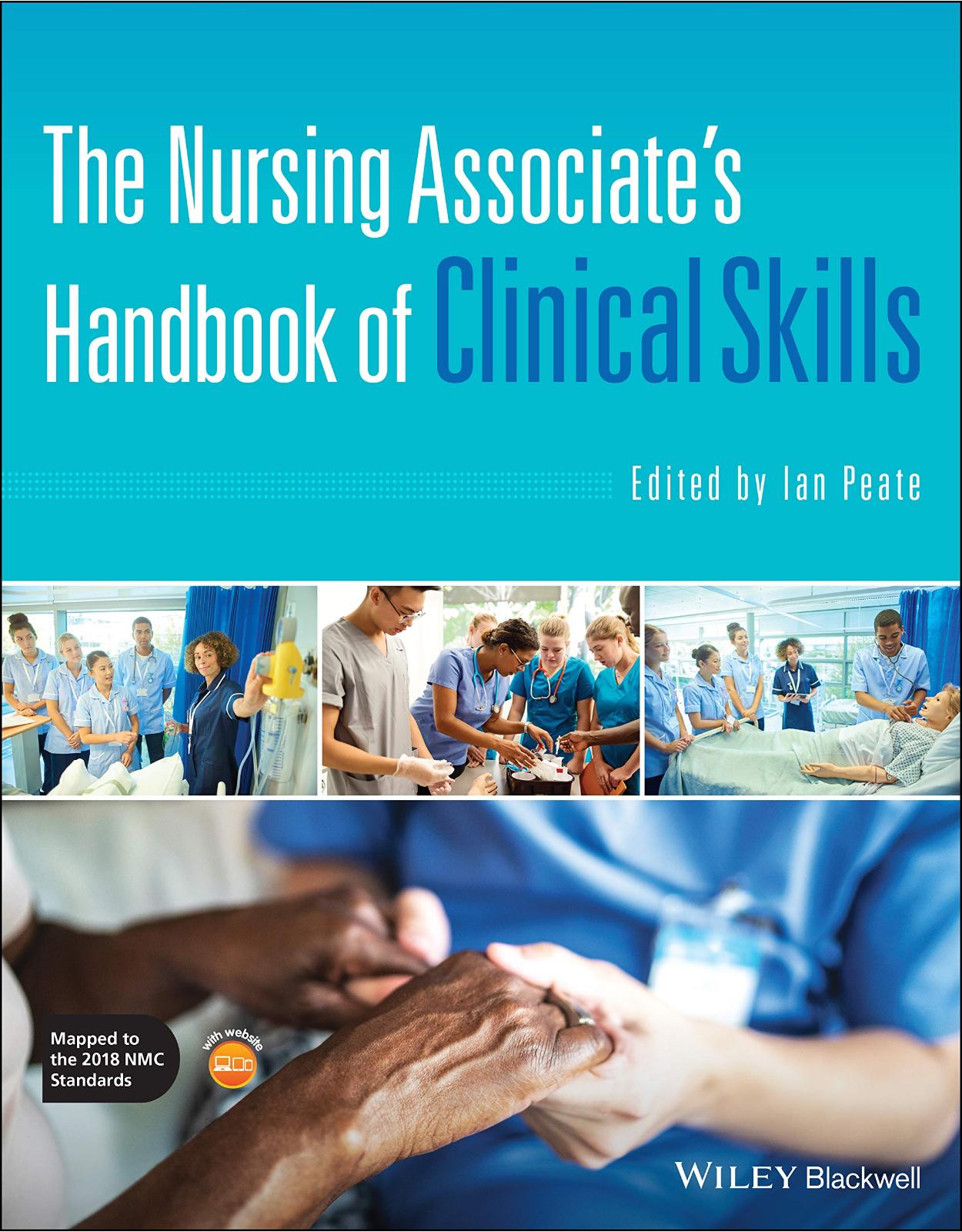
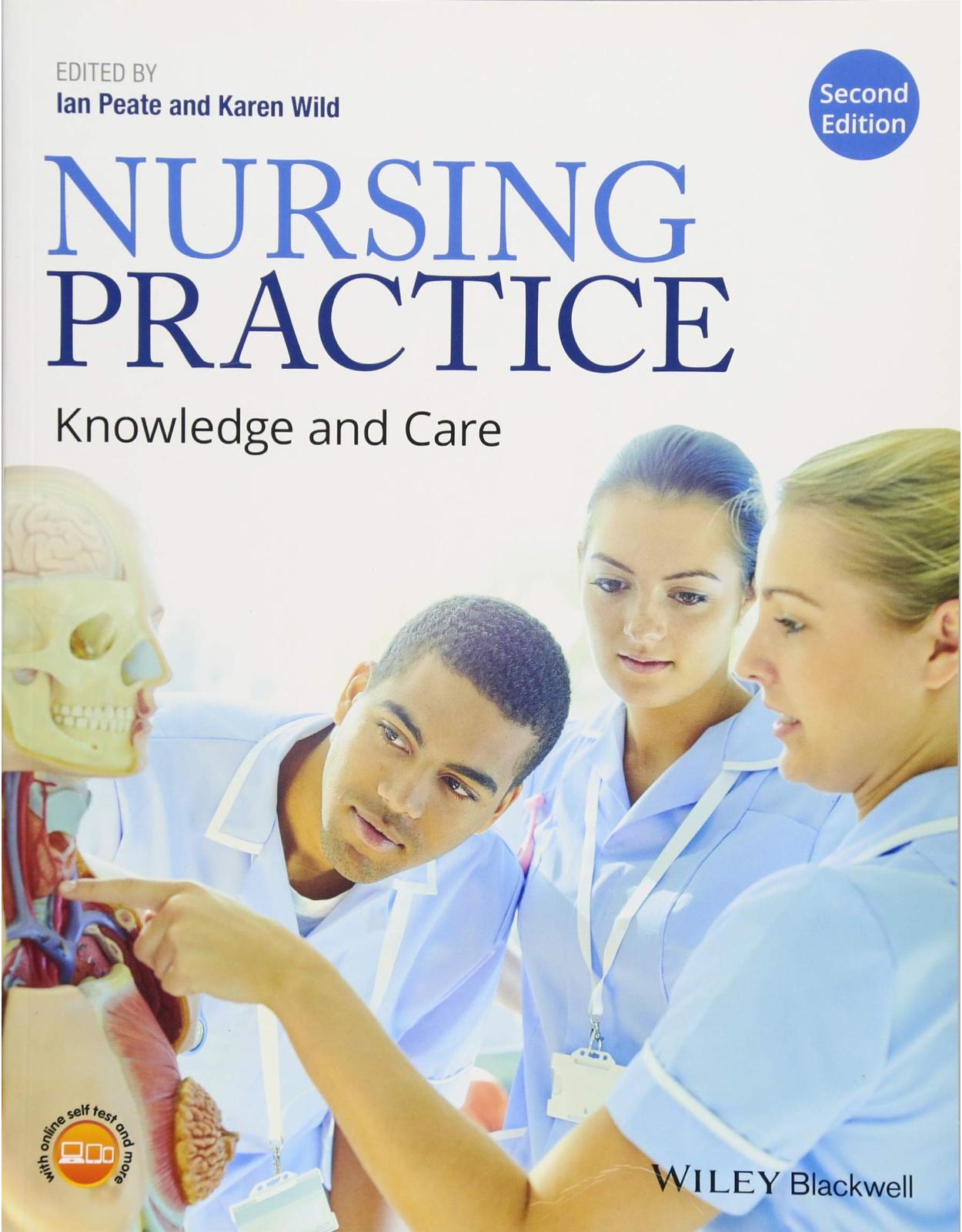
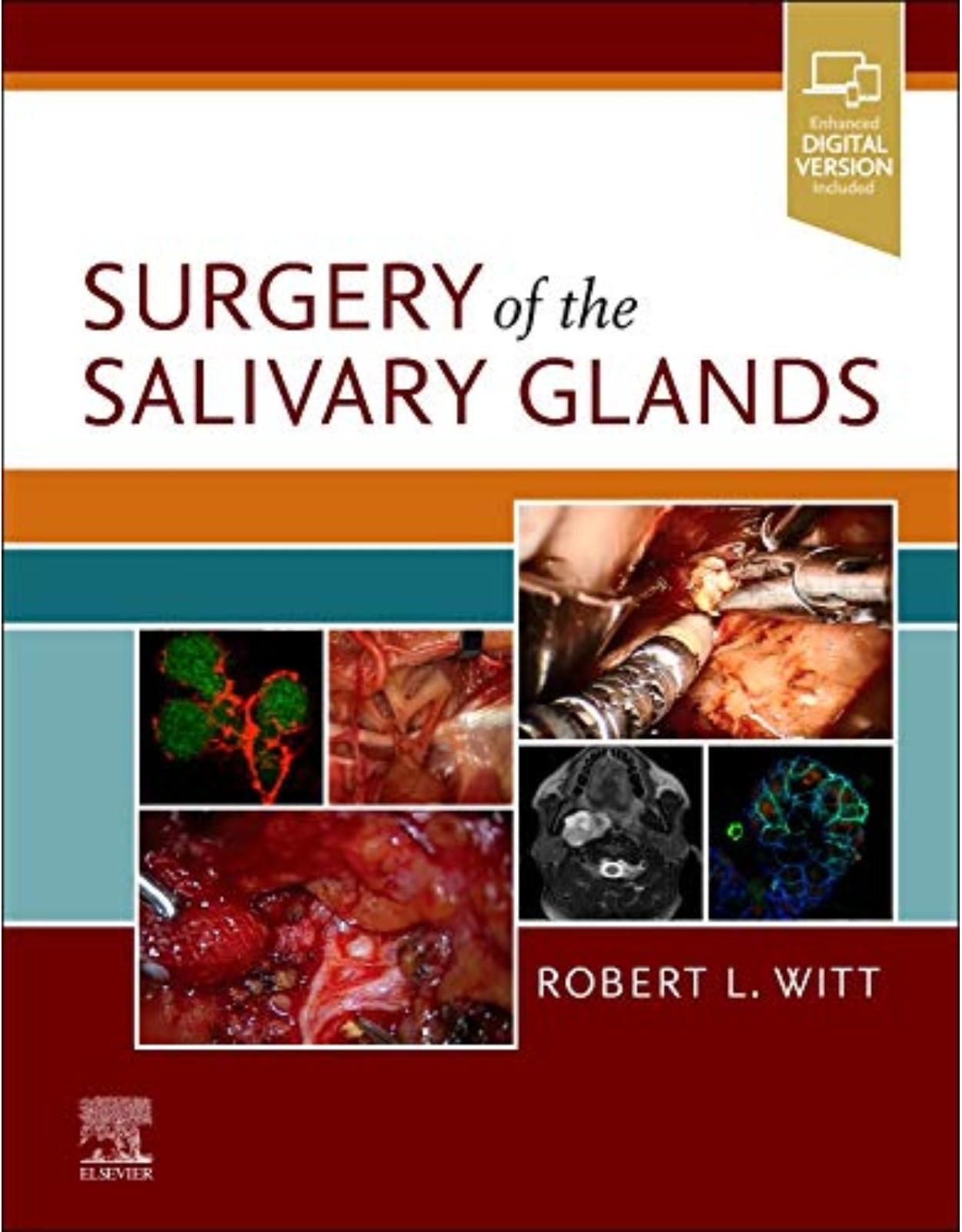
Clientii ebookshop.ro nu au adaugat inca opinii pentru acest produs. Fii primul care adauga o parere, folosind formularul de mai jos.